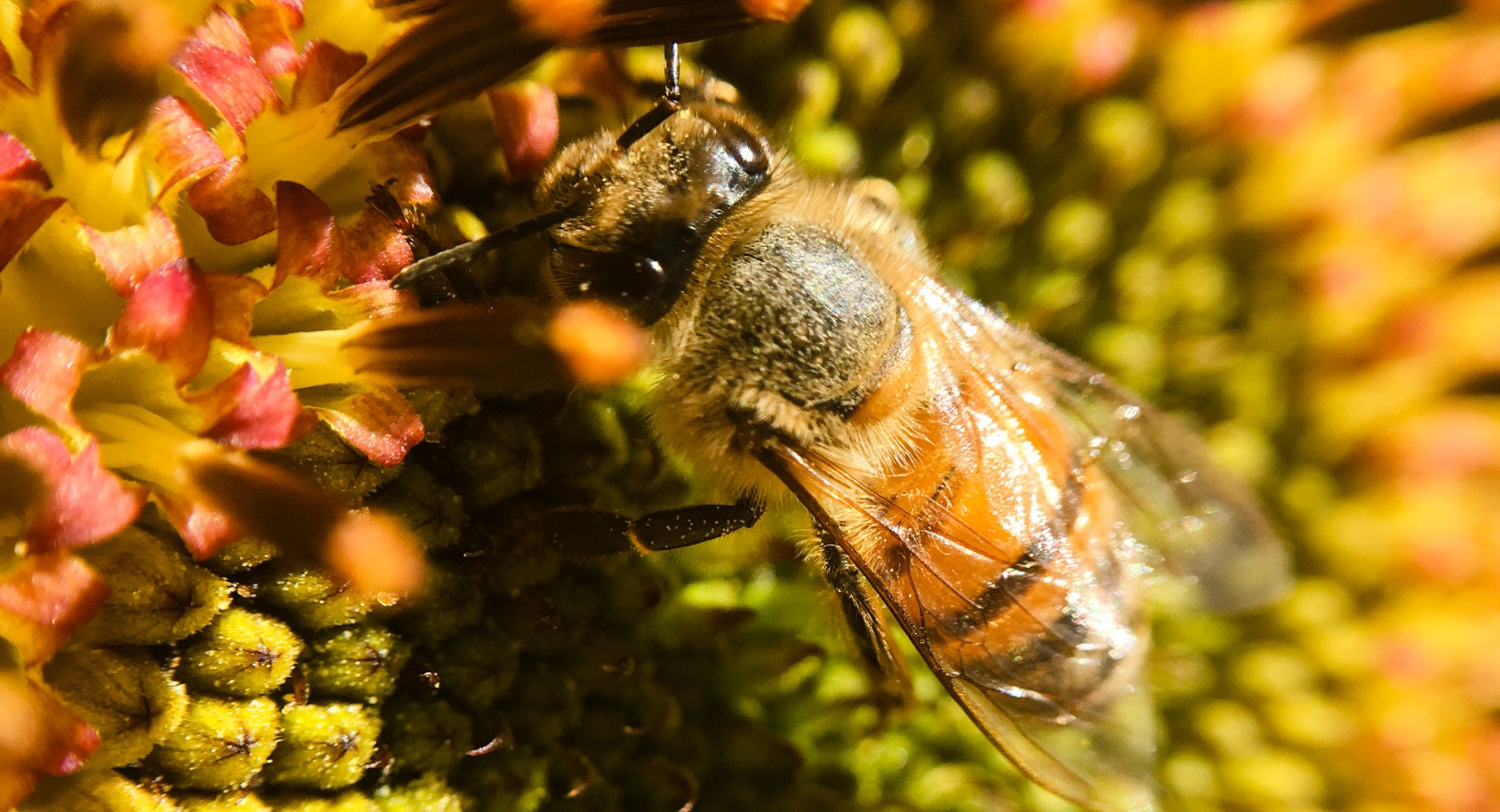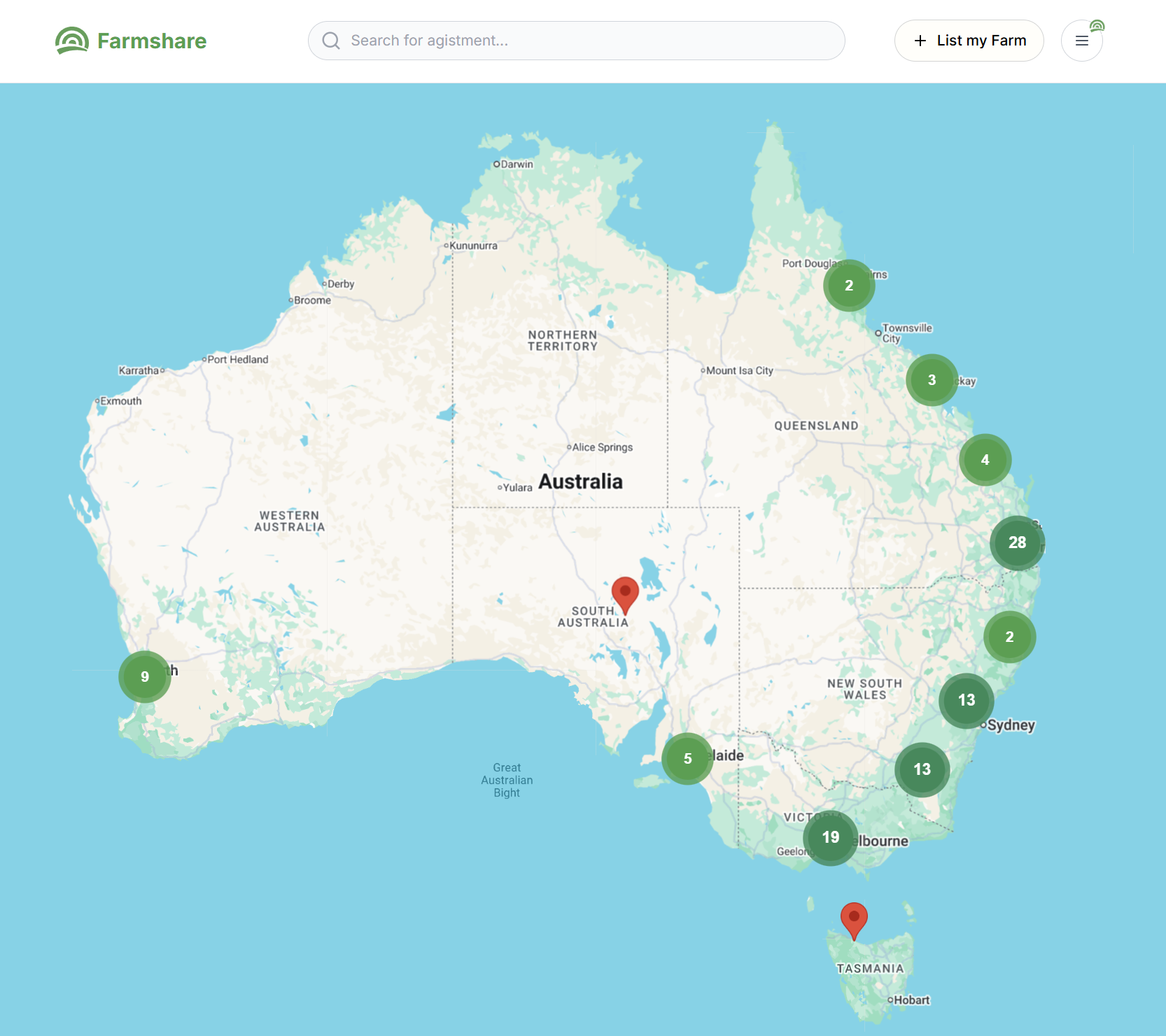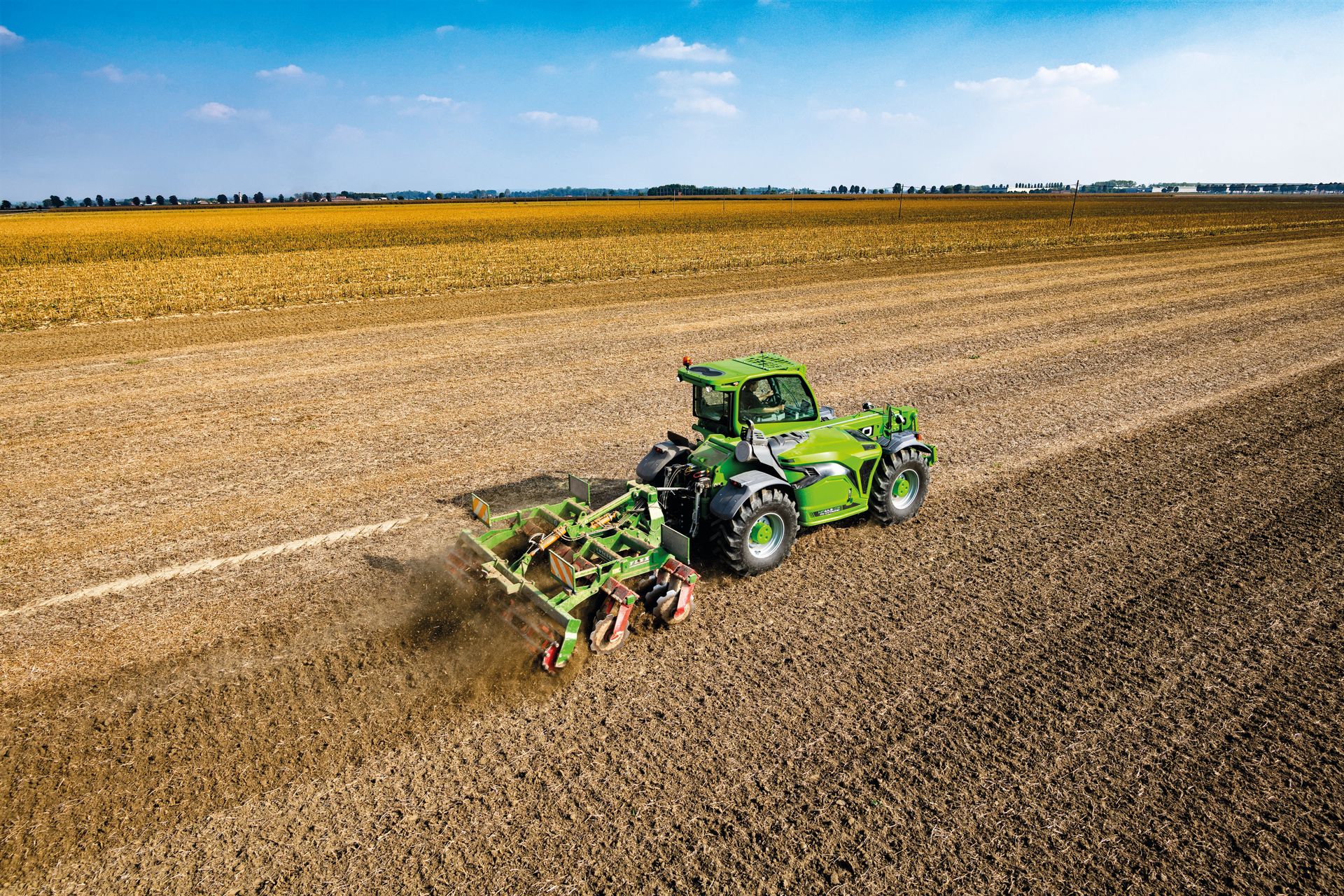1MG FlippingBooks
Flow Launches Global Reforestation Program to Protect Pollinators
Flow is today launching its Billions of Blossoms impact project to help to arrest the drastic decline in crucial insect populations worldwide.

The Billions of Blossoms project is a partnership between Flow and some of the world’s best reforestation and conservation projects. The goal is to create billions of new flowers for pollinators through a mix of reforestation and habitat protection, including agricultural reform.
“Today – as we face climate, pollution and extinction crises, with insect populations and overall biodiversity in drastic decline – committing to the regeneration of the natural world has never been more important,” said Cedar Anderson, Flow Hive co-inventor and CEO. “Flow is delighted to be partnering with some of the world’s best reforestation and conservation projects, to help create a bright future for pollinators, people, and the planet."
Earth is at the start of the sixth mass extinction in its history. More than 420 million hectares of forest have been destroyed worldwide since 1990.
Flow will help to protect and re-establish healthy forests, so as to provide forage for billions of pollinating animals worldwide.
The Billions of Blossoms project is funded by Flow's online education initiative, TheBeekeeper.org. More than $325K has been raised for the Billions of Blossoms project so far, which will be used to partner with high-quality reforestation projects around the world.
Billions of Blossoms partner organisations currently include Eden Reforestation Projects [Africa]; One Tree Planted [Australia, USA, Indonesia, NZ]; World Land Trust [Latin America]; YAKUM [Ecuador]; Hometree [Ireland]; and ReForest Now [Australia].
One Tree Planted works with reforestation partners across 43 countries. In 2020 they planted 10 million trees.
“We are thrilled to be partnering with Flow’s Billions of Blossoms project, which supports our mission of planting trees and creating healthy ecosystems where biodiversity can thrive. Bees need trees too!” said Beth Dalgliesh, One Tree Planted’s Regional Director, Australia and Asia Pacific.
YAKUM works with Indigenous people in the Amazon rainforest to build cultural, medicinal and food sovereignty, through reforestation with carefully selected native tree species and territorial resource mapping.
“We’re really happy to be collaborating with Flow and their Billions of Blossoms Project to do reforestation in the Ecuadorian Amazon. These funds help to continue our work with organisations like the Sachawaysa eco-tourism workgroup in Ecuador, who’ve been reforesting cattle pasture land with ancestral fruit, nut and palm trees since 2018,” said YAKUM’s Executive Director Nick Ovenden.
Flow are the creators of the Flow Hive, a revolutionary way to extract honey straight from the hive.















